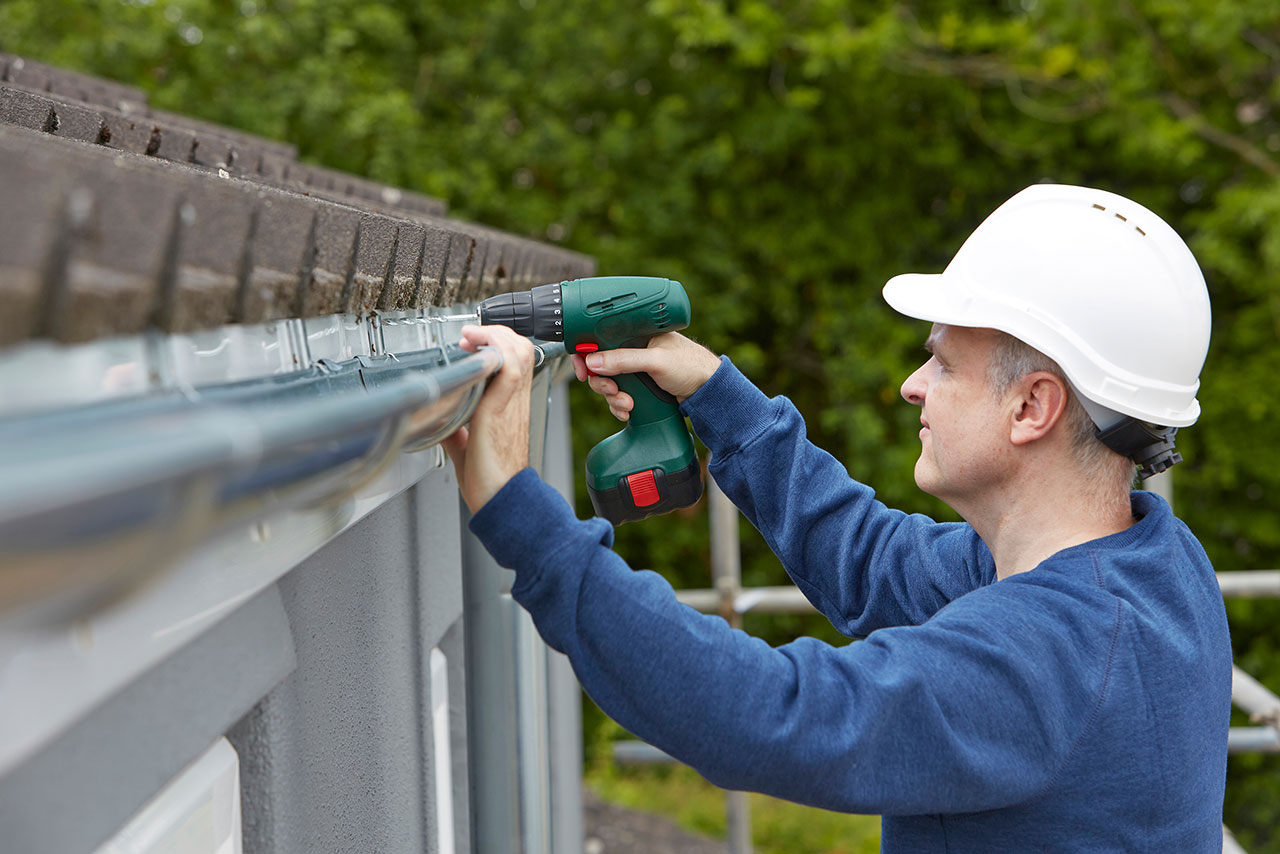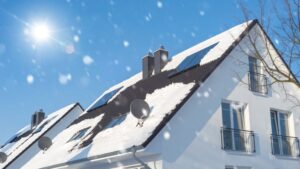Rain Gutters Maintenance: Essential Tips for Homeowners
Rain gutters play a crucial role in protecting a home from water damage by directing rainwater away from the foundation, siding, and roof. Without proper maintenance, clogged or damaged gutters can lead to serious issues, including roof leaks, mold growth, and foundation problems. Regular upkeep ensures that gutters function efficiently and extend their lifespan. Understanding the best practices for maintaining gutters can save homeowners costly repairs and keep their homes in top condition.
The Importance of Keeping Gutters Clean
 One of the most common problems with rain gutters is clogging due to leaves, dirt, and debris. When gutters become blocked, water can overflow and seep into the walls, basement, or foundation. Regular cleaning is essential to prevent these issues. The frequency of cleaning depends on the surrounding environment, with homes near trees requiring more frequent maintenance.
One of the most common problems with rain gutters is clogging due to leaves, dirt, and debris. When gutters become blocked, water can overflow and seep into the walls, basement, or foundation. Regular cleaning is essential to prevent these issues. The frequency of cleaning depends on the surrounding environment, with homes near trees requiring more frequent maintenance.
Clearing gutters at least twice a year, in the spring and fall, helps keep them free from debris. Using a ladder and a scoop, homeowners can remove leaves and dirt manually or use a garden hose to flush out smaller particles. Installing gutter guards can also minimize debris buildup and reduce the frequency of cleaning.
Checking for Leaks and Damage
Over time, gutters may develop cracks, rust, or leaks that compromise their effectiveness. Small holes or separations between sections can allow water to drip onto the siding or foundation. Regularly inspecting gutters for visible damage can prevent more extensive repairs in the future.
Applying a waterproof sealant can help fix minor leaks, while replacing severely damaged sections may be necessary. Ensuring that gutters are properly attached to the house is equally important, as loose gutters can sag and fail to direct water away from the home.
Ensuring Proper Downspout Functionality
Downspouts play a vital role in carrying water away from the home’s foundation. If they become clogged, water may pool around the base of the house, leading to erosion or basement flooding. Ensuring that downspouts are clear and directing water at least several feet away from the foundation helps prevent these problems.
Extending downspouts with additional piping or using splash blocks can further divert water from the home. If water continues to accumulate near the foundation, adjusting the landscape or adding drainage solutions may be necessary.
Addressing Ice Dams and Winter Maintenance
In colder climates, ice dams can form along the edges of the roof, preventing proper water drainage. These ice blockages can lead to water backing up under the shingles, causing roof leaks and interior damage.
Preventing ice dams involves ensuring proper attic insulation and ventilation. Keeping gutters clean before winter can also reduce the likelihood of ice formation. In cases where ice dams do develop, using heated gutter cables or calcium chloride can help melt the ice without damaging the roof.

Upgrading and Replacing Gutters When Necessary
Gutters have a lifespan, and when they become too worn out or damaged, replacement may be the best option. Modern gutter systems, such as seamless aluminum or vinyl gutters, offer improved durability and efficiency.
Signs that gutters need replacement include persistent leaks, rust, sagging sections, or peeling paint near the roofline. Upgrading to a more durable material or a system with built-in guards can reduce future maintenance and enhance home protection.
Professional Maintenance and When to Call an Expert
While many gutter maintenance tasks can be handled by homeowners, some situations require professional assistance. If gutters are difficult to access, extensively damaged, or improperly installed, hiring a professional can ensure that repairs or replacements are done correctly.
Experts can also provide additional services such as realigning gutters, installing new downspouts, or inspecting for underlying roofing issues. Investing in professional maintenance can prevent costly repairs and extend the longevity of the gutter system.
 Roofing materials are designed to withstand different weather conditions, but extreme temperatures and precipitation can impact their performance during installation. If repairs are conducted in the wrong conditions, adhesives may not bond properly, shingles may become brittle, and safety risks can increase. Timing a roof repair correctly ensures that materials set properly and that workers can complete the project without unnecessary complications.
Roofing materials are designed to withstand different weather conditions, but extreme temperatures and precipitation can impact their performance during installation. If repairs are conducted in the wrong conditions, adhesives may not bond properly, shingles may become brittle, and safety risks can increase. Timing a roof repair correctly ensures that materials set properly and that workers can complete the project without unnecessary complications. Different seasons offer varying conditions that can impact roof repair timing. Spring and fall often provide the most favorable weather, with mild temperatures and lower chances of extreme conditions. Summer can bring excessive heat, making it challenging to work with certain materials, while winter introduces the risk of cold-induced brittleness and ice formation. Evaluating the seasonal climate in a specific region can help determine the best window for scheduling roof repairs.
Different seasons offer varying conditions that can impact roof repair timing. Spring and fall often provide the most favorable weather, with mild temperatures and lower chances of extreme conditions. Summer can bring excessive heat, making it challenging to work with certain materials, while winter introduces the risk of cold-induced brittleness and ice formation. Evaluating the seasonal climate in a specific region can help determine the best window for scheduling roof repairs. The choice of roofing material has evolved over the years, with modern homeowners favoring options that balance aesthetics, longevity, and sustainability. Asphalt shingles remain a popular choice due to their affordability and versatility, but many are now upgrading to architectural shingles that offer a more refined look with enhanced durability.
The choice of roofing material has evolved over the years, with modern homeowners favoring options that balance aesthetics, longevity, and sustainability. Asphalt shingles remain a popular choice due to their affordability and versatility, but many are now upgrading to architectural shingles that offer a more refined look with enhanced durability.